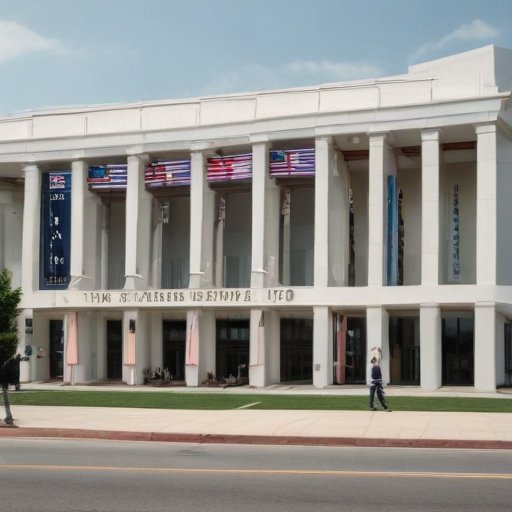The Kennedy Center’s board has unanimously elected President Trump as its new chair, marking a significant shift in leadership and direction for the iconic arts institution. This decision comes as part of Trump’s efforts to reshape the center and move away from what he characterizes as “woke culture,” which he believes has increasingly influenced performances and programming.
The election took place on Wednesday, with board member Jacqueline Mars present but abstaining from the vote. Trump’s move to install himself as chairman follows his announcement last week to replace the existing chairman and board of trustees. Reports indicate that the White House has also begun appointing individuals to fill vacant board seats, including several administration officials, family members of donors, and other affiliates.
Among the newly appointed board members are Usha Vance, the second lady of the United States; White House chief of staff Susie Wiles; and Dan Scavino, deputy chief of staff for national security. Other notable additions include former White House adviser Pamela Gross and various spouses of prominent donors and officials.
In a virtual meeting, Trump articulated his vision for the Kennedy Center, which prioritizes content that resonates with a wider audience, rather than productions perceived as catering solely to a specific segment. Current programming will continue, including a performance of Haydn’s “Creation,” while some content on the Kennedy Center’s website is expected to be adjusted—specifically, references acknowledging the center’s historical land significance.
A notable aspect of the reshuffling was the removal of Deborah Rutter, who has been president since 2014, and David Rubenstein, the board’s longtime chairman. Ric Grenell, an ally of Trump, was appointed as the interim president, though his position is expected to be temporary.
The decision to streamline and redirect the Kennedy Center’s focus also stems from concerns regarding fundraising. The White House views the center’s fundraising efforts as inadequate, particularly in contrast to the substantial federal funding it receives. Last year, the Kennedy Center raised over $90 million through fundraising, while federal contributions reached approximately $45 million, with the remainder coming from ticket sales and other revenues.
For context, the Kennedy Center was established by Congress in 1958 as a living tribute to President John F. Kennedy and hosts more than 2,200 events annually, attracting over 2 million visitors. The changes coming under Trump’s leadership signal a new era for the institution, which has historically been at the intersection of politics and the arts.
This leadership change presents an opportunity for the Kennedy Center to potentially redefine its relationship with both artists and audiences as it seeks to align its programming with Trump’s vision. The adaptive strategy may be a beacon of hope for a more inclusive and diversified performing arts landscape moving forward.
